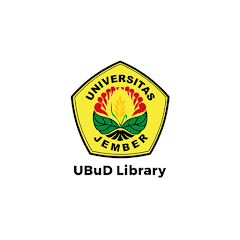OPAC (Online Public Access Catalog)
Pencarian Koleksi UPA Perpustakaan
start it by typing one or more keywords for title, author or subject


Role of hydrogen bonding in establishment of a crystalline network of Cu (II) complex with hydrazone‑derived ligand: optoelectronic studies
Mohammad Chahkandi - Personal Name
H. A. Rahnamaye Aliabad - Personal Name

as Cu(L)(pyz)(CH3OH)]+ (1) (LH=[CF3C(OH)=CH–C(CH3)=N–NH–CO–C6H4(OH)]) (CuClC17H18F3N4O4) has
been investigated using density functional theory (DFT) methods. The DFT approaches have been performed by applying
B3LYP/LANL2DZ/6–311 + G(d, p) and full potential linearized augmented plane wave (FP–LAPW) methods. The complex
belongs to triclinic crystallographic system with space group of P1, Z = 2. Selected 1 as monomeric unit (1-mon) through
a variety of non-covalent interactions containing hydrogen bonds (HBs) and π-stacking, constructs a 2-D coordination
polymeric plane. The dispersion corrected density functional theory (DFT-D) calculations indicate that the conventional
O–H···N and the non-conventional C–H···F HBs, govern the related network (1-net) formation. The calculated-B3LYP/
LANL2DZ/6–311 + G(d, p) electronic spectrum in gas phase in good agreement with the experimental one shows five major
bands in the range of 268–582 nm that could be assigned to MLCT and LLCT transitions with n → π* character. Calculated
optoelectronic spectra by FP–LAPW show that Cu–3d state play key role in optical transitions and plasma wavelength of
243 nm found for this studied compound
| EB00000002350K | Available |
Series Title
-
Call Number
-
Publisher
: ,
Collation
-
Language
ISBN/ISSN
-
Classification
NONE
Content Type
-
Media Type
-
Carrier Type
-
Edition
-
Subject(s)
Cu(L)(pyz)(CH3OH)]+
Hydrazone ligand · DFT-D
Binding energy of non-covalent interaction
Structural and optoelectronic properties
Specific Detail Info
-
Statement of Responsibility
-









